When considering hybrid systems composed of photovoltaic solar panels, geothermal, hydro or wind turbines, the whole is greater than its parts, but you need to understand the best type of energy generation that can be used in your area.
Len Calderone for | AltEnergyMag
Most alternative energy sources are dependent on the weather. If the sun is not shining, solar panels will not work efficiently, and they certainly don't provide energy at night. Wind turbines require the wind to move the blades to generate energy. Wind turbines can work day or night, but if the air is still, there is no energy.
The combination of two energy sources is a more efficient method of creating energy on a consistent basis. Therefore, hybrid renewable energy solutions are becoming more fashionable. The use of hybrid energy is due to the high cost of oil and the use of a hybrid system is becoming popular in rural areas. The initial setup of such a system is expensive, but the cost of obtaining energy after the initial cost outlay is almost non-existent.
Small hybrid wind-hydro-solar power generation systems may be designed to solve the power supply problem in some rural areas. Of course a hydro system needs flowing water, such as a river or fast flowing stream. As little as 100 gallons per minute (GPM) falling 10 feet through a pipe can supply enough power to run a small household. In areas where there is a long rainy season with a mountain stream, a small hydro system can work along with solar panels to charge the same battery. When it's rainy and the solar panels are putting out less power, the hydroelectric system will be at its peak.
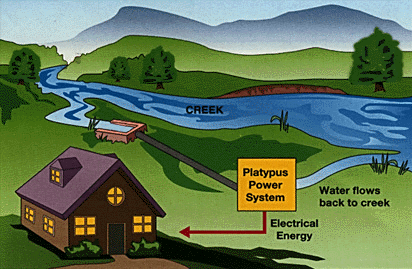
Design models need to be developed to create the hybrid generation systems, including battery banks, and to provide the best possible system configuration. A proper design ensures that the annualized cost of the systems is minimized while fulfilling the required power. An optimal design will take full advantage of the environmental benefit while minimizing the cost.
There are combinations of energy sources to produce energy. One combination is biomass fuel cell and photovoltaic wind. Georgia Institute of Technology researchers have developed a low-temperature fuel cell that directly converts a wide variety of biomass sources, such as starch, cellulose, lignin, and switchgrass, powdered wood, algae and waste from poultry processing, to electricity with a catalyst activated by solar or thermal energy.
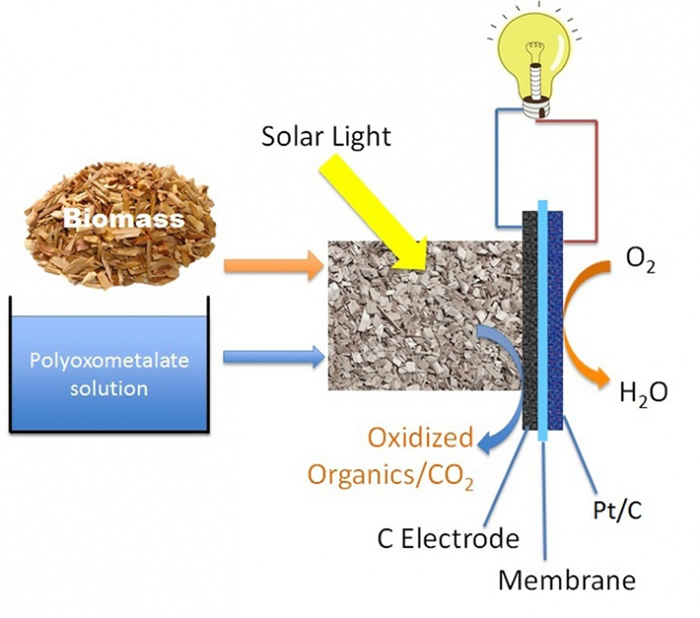
If the biomass and catalyst are mixed at room temperature, they will not react, but when exposed to light or heat, the reaction begins. This type of fuel cell could have an energy output similar to that of methanol fuel cells in the future. A hybrid energy source could help farmers run their tube wells to provide water to their irrigation land.
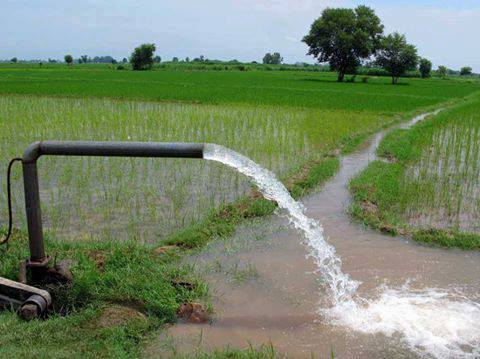
A house or small industrial facility can produce sufficient energy by combining two or even three energy sources to handle the energy requirements. By combining solar cells and wind turbines, photovoltaic wind power will generate the energy, which is combined in a battery bank. From there, the energy is transformed to the inverter, which generates alternate current.
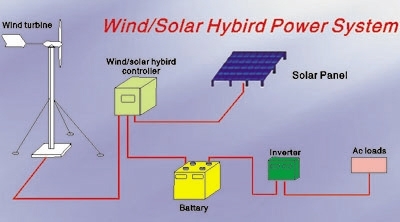
Before such energy is employed, important considerations must be taken into account, such as the input to output relationship. You can't take more out than goes in. Variations in the energy sources must be monitored using a charge controller, and a power inverter is required to transform electric current to alternate current.
To generate electricity by combining solar panels and wind power, an array of solar panels will be needed, plus wind generators, a storage and battery system along with a power converter. The storage system conserves the energy generated by the solar panels and wind turbines. This energy is then converted to usable energy by using the inverter.
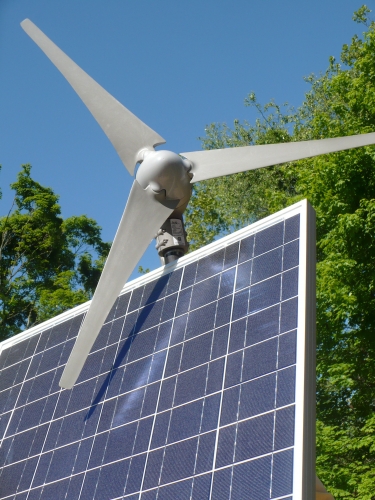
Another source of energy is geothermal energy, which is one of the least expensive sources of renewable energy. It uses the same principle as a heat pump to extract the geothermal energy and use it for heating and cooling of your home. Because a geothermal heating and cooling system does not require much electric power to operate, it can be powered by a relatively small solar PV system. When you combine a geothermal heating and cooling system with sufficient solar panels to operate the heat pump, a fan and a water pump, you can achieve a 100% green energy system and turn your house into a net zero energy home.
Geothermal heat pumps (GHP) use the constant temperature of the earth as the exchange medium instead of the outside air temperature. Although many parts of the country experience seasonal temperature extremes—from scorching heat in the summer to sub-zero cold in the winter—a few feet below the earth's surface the ground remains at a relatively constant temperature. This ground temperature is warmer than the air above it during the winter and cooler than the air in the summer. The GHP takes advantage of this by exchanging heat with the earth through a ground heat exchanger. As with any heat pump, geothermal and water-source heat pumps are able to heat and cool.
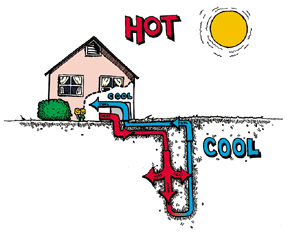
In larger commercial systems, geographical constraints prevent the application of appropriate storage. In these cases, the storage component is replaced by a dynamically controlled generator driven by a fuel engine. This is essential because of the constraint to coincide with the demand and supply in electrical grids 24/7 for stable grid operation. To avoid short term voltage drops, power storage is essential to provide high power for short periods. Fly wheel storage, capacitors and special kinds of batteries belong to this group. Such stored energy is rather small.
When considering hybrid systems composed of photovoltaic solar panels, geothermal, hydro or wind turbines, the whole is greater than its parts, but you need to understand the best type of energy generation that can be used in your area. Solar energy is more cost-effective in the sunny parts of the country, while wind turbines might do better in the Northwest. How much energy your home or facility needs must be computed depending on whether you want to get totally or partially off of the grid. Setting up a hybrid energy source need not be difficult or expensive. You just need to take into account all aspects of the project.
As the world consumes more and more power, particularly in developing nations, the demand for a sustainable power supply will continue to drive prices to levels that make alternative power sources more convenient and practical.
For additional information:
- http://www.emersonnetworkpower.com/documentation/en-us/products/renewable-and-hybrid-energy/documents/hybrid-white-paper.pdf
- http://energy.gov/energysaver/articles/hybrid-wind-and-solar-electric-systems
- http://www.hybridenergyinnovations.com/
- http://www.ecoplanetenergy.com/all-about-eco-energy/overview/hybrid/
|
Len Calderone - Contributing Editor
Len contributes to this publication on a regular basis. Past articles can be found in the Article Library and his profile on our Associates Page He also writes short stores that always have a surprise ending. These can be found at http://www.smashwords.com/profile/view/Megalen.
|
 |
The content & opinions in this article are the author’s and do not necessarily represent the views of AltEnergyMag
Comments (0)
This post does not have any comments. Be the first to leave a comment below.
Featured Product


